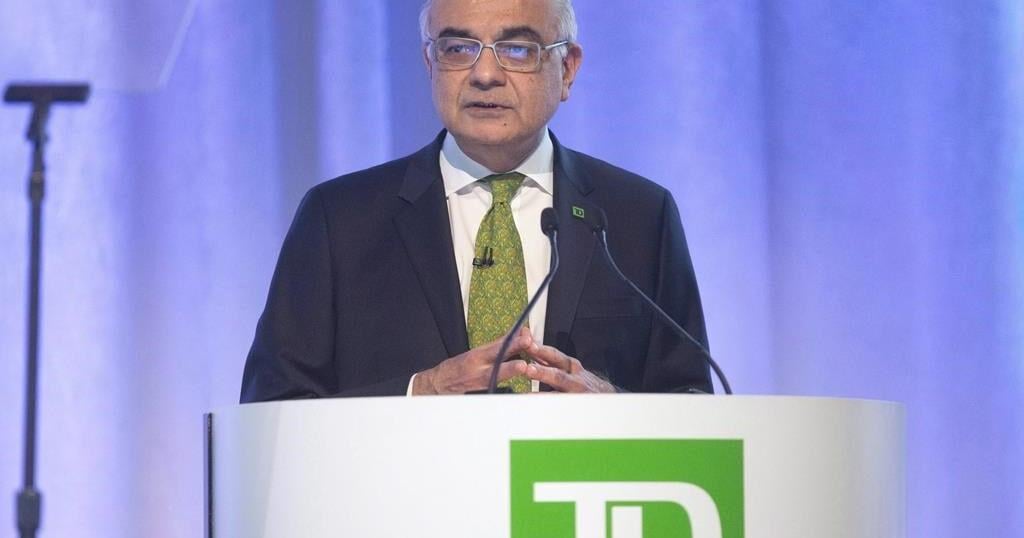Here’s a quick question: what happens when a lot of people are producing more and more of a commodity, but fewer people want to buy it? It’s economics for preschoolers. You don’t even need multiple choice answers to guess right. But here’s another, increased difficulty, question: whose fault is the current oil price crash?
If this were a multiple-choice question, the answers would look something like this: a. Saudi Arabia; b. Russia; c. The United States; d. The coronavirus outbreak; and e. All of the above. The correct answer, of course, is e., if we get past our personal preferences for a culprit. But how much did each of these contribute to the crisis?
Now that’s a harder question to answer.
Saudi Arabia used to be the world’s largest oil producer and, more importantly, the world’s cheapest oil producer. This has given the Kingdom a lot of leverage when it comes to controlling oil prices. Prices went where Saudi Arabia wanted, either by shutting off the taps or turning them up to gushing.
It was the latter that the Kingdom did in 2014 when the U.S. began to make its oil presence felt internationally. The point was to stifle this emerging competition and retain the top spot both in production and clout. Unfortunately, it didn’t work out quite as planned. Prices tanked from over $120 a barrel to below $30 and everyone suffered, including Saudi Arabia itself.
Now, the Kingdom has once again turned the taps on to gushing. This time it wants to punish its partner in price control, Russia, for its refusal to cut a bigger chunk of its production to support prices, although some believe it has also had enough of U.S. shale and is targeting it, too.
Prices, not known for being surprising, are reacting in the only way that can be expected.
So, Saudi Arabia fired the first shot in what everyone is now calling an oil price war. But did it really? Saudi Arabia announced its plans to raise oil supply to 12.3 million bpd from less than 10 million bpd on the Sunday after the OPEC+ meeting in Vienna did not take place because Russia singularly refused to cut deeper. But that was not all Russia, Russia’s Energy Minister Alexander Novak said.
Related: Gasoline Futures Fall To $0.50 As Demand Plummets
Novak also said on that fateful Friday that Russia would restore its pre-agreement production rates beginning in April. This would add some 300,000 bpd to current production rates or up to 500,000 bpd. While it’s true that 300,000-500,000 bpd is nowhere near the almost 3 million bpd that Saudi Arabia has threatened to add to the oversupplied market, Russia’s refusal to cooperate on the cuts was widely seen as the move that triggered Saudi Arabia’s response. What’s more, some believe the real Russia’s real target was U.S. shale.
U.S. oil, and U.S. shale oil, in particular, has been blamed—or praised, depending on the perspective—for the change in the balance of oil power in the world over the last couple of years. U.S. shale is now a force to be reckoned with, boasting daily production of over 13 million bpd per the latest EIA weekly petroleum report.
This has turned the United States into the world’s largest producer of crude oil and has significantly increased its previously non-existent presence on international oil markets. While local production has not made the U.S. self-sufficient in oil, it has certainly reduced its dependence on imports and turned it into an exporter, competing directly with Saudi Arabia’s and Russia’s lighter grades.
Just how much U.S. shale changed the balance of oil power globally became evident gradually, as OPEC and Russia kept cutting production and prices kept refusing to rise because of sluggish demand outlooks but also because U.S. shale producers continued to pump more and more oil. While OPEC+ was cutting, shale boomers were boosting.
This was bound to end badly.
Now, Saudi Arabia is pumping and shale boomers are retrenching, slashing spending and idling rigs. Debt repayments are looming and while many have hedged against low prices, how long the money will last is an open question, as shale producers, too, have been burning cash for months if not years. And it’s not like they weren’t warned. Continental’s Harold Hamm said in 2017, when prices rebounded, that U.S. shale should be careful not to drill itself into the ground. But here is history repeating itself. Only this time it’s worse because the world is gripped by a deadly pandemic.
Related: US Oil Turns Its Back On The Permian As Prices Crash
The viral outbreak that began in China in December had, by the time of writing, claimed almost 14,700 lives globally, infecting 339,000 people across dozens of countries, and effectively shutting down many of them. States of emergency have been declared, remote work and remote schooling is the new—hopefully temporary—normal and airlines are gasping for air. This is probably the worst oil demand shock the industry has seen in history.
Just how severe the effect of the pandemic has been on prices is easily seen in the oil price forecast revisions of investment banks. They started with $50 a barrel early this year when the virus began its march across China before it spilled out, and now some are predicting Brent could drop as low as $10 a barrel if the current situation continues. The world will simply run out of storage.
According to calculations by OilX, there are about 750 million barrels of oil in the world stored both on land and offshore. The oil analytics firm notes that this could rise to 1 billion barrels, according to some analysts, in the current demand and supply situation.
It’s anyone’s choice who is most at fault. The facts remain: unless something changes quickly—and it won’t be the world’s epidemiological situation—oil is headed lower. On the plus side, this would help the economies hardest hit by Covid-19 to recover a little bit more easily.
By Irina Slav for Oilprice.com
More Top Reads From Oilprice.com:

































